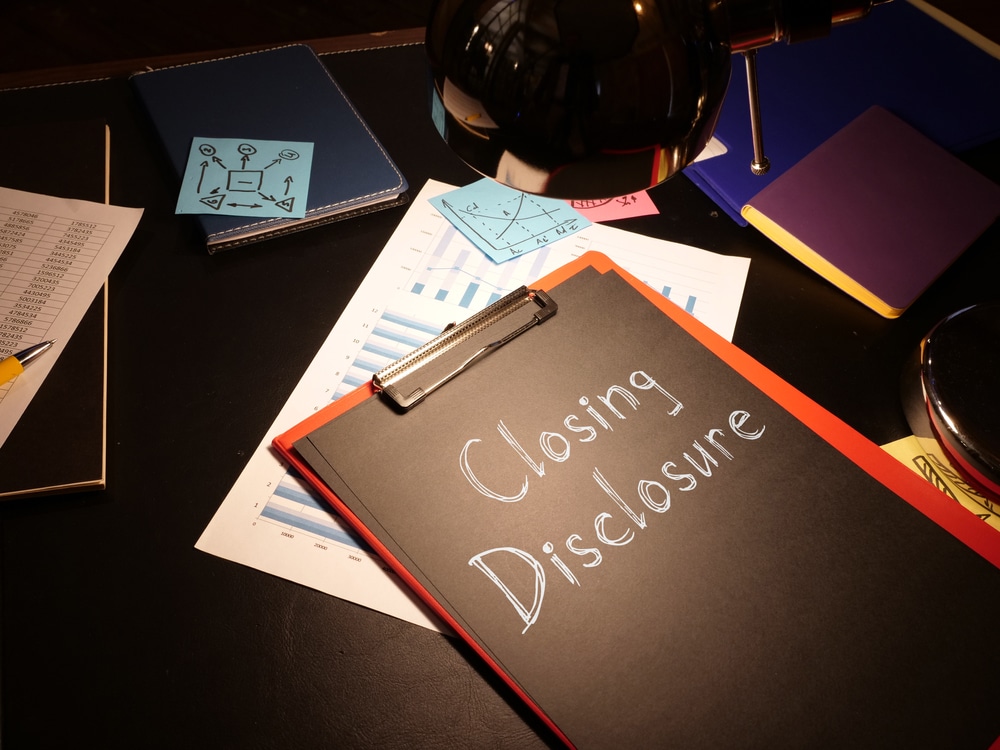Mortgage Closing Disclosure: Purpose and Method

In part one of this two-part blog series, we went over some of the basics on mortgage closing disclosures. These are important documents that are sent to borrowers just ahead of their closing day, allowing them to confirm and double-check all the important financial details of the impending mortgage before they sign final documents and move forward.
At Altius Mortgage and our partners with Mortgage Ogden, we’re happy to explain closing disclosures or any other part of the mortgage process to our first-time homebuyers, or to any of our other home loan clients who may be unfamiliar. In today’s part two of our series, we’ll go over why the closing disclosure matters, what you should do with it, and what happens next once it’s been handled.
Purpose of Closing Disclosure
The purpose of a mortgage closing disclosure is to allow borrowers to know exactly what their new mortgage payments will be. Prior to the closing disclosure, they may have been under-estimating those payments by as much as 25% or more! The best time for borrowers to figure out what those final costs are going to be is now, before they sign on the dotted line and finalize their loan.
This will help you avoid issues arising during the actual closing itself. Having all this information up front — and verified as such via the closing disclosure — will allow you to calculate your loan payment as accurately as possible before you sign your final documents and move forward with homeownership.
How to Go Through a Closing Disclosure
As soon as you receive your closing disclosure, you should check it carefully for accuracy. Make sure that all the figures are correct and that you know exactly how much your monthly payments will be after factoring in any other upfront expenses such as private mortgage insurance (PMI), certain closing costs, and even estimated escrow amounts.
Once you’ve gone through it thoroughly, if there are certain figures that you’re not thrilled about or that you feel are inaccurate, don’t sign the closing disclosure just yet. Take a moment to consult with your loan officer, who can help tell you what’s correct and what isn’t.
What Happens After Closing Disclosure
Once everything is confirmed as accurate via the closing disclosure, it will be time to finalize your mortgage and sign the last remaining documents. You’ll be glad you took this time to review the closing disclosure in depth, as it will make for a smooth and straightforward closing process. All you have to do is bring a copy of the disclosure with you to closing day itself, just in case there’s any confusion.
For more on mortgage closing disclosures, or to learn about any of our home loan services or fantastic mortgage rates, speak to the team at Altius Mortgage today.